
Located in the heart of Turkey, Kayseri is a treasure trove of history, culture and natural beauty. This is a place where history is immersed in monuments and the wonderful mountain landscape invites you to ski. For history lovers or adventure seekers, Kayseri is a real treasure trove.


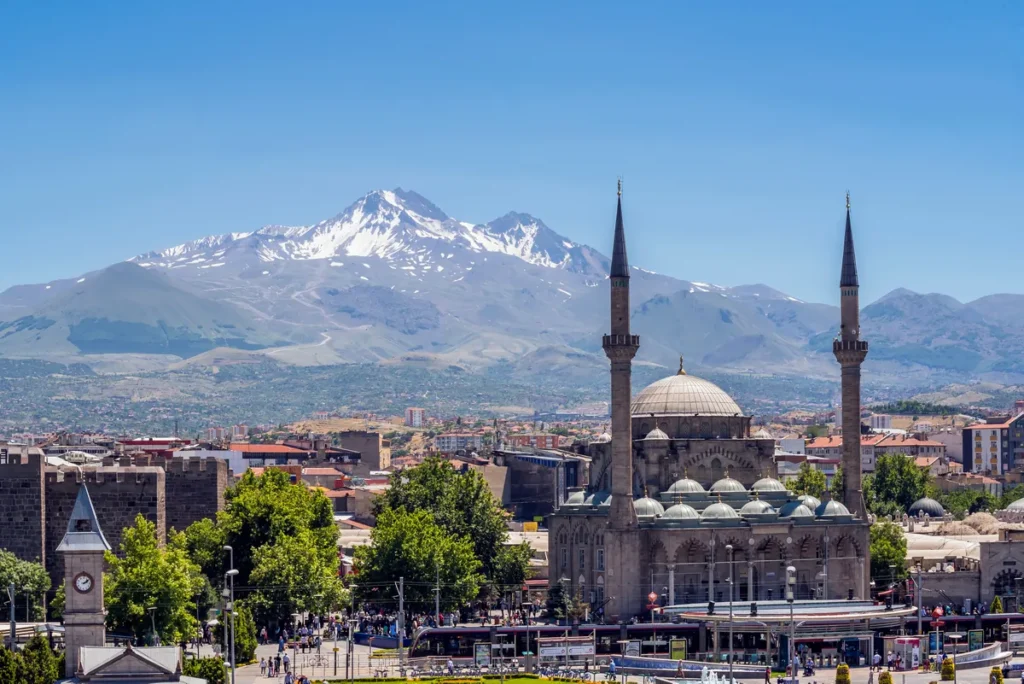
Kayseri is a city in central Turkey, in the province of the same name, at the northern foot of the Erciyes volcano, located at an altitude of 1,043 meters.
Sightseeing

Hunat Hatun Camii
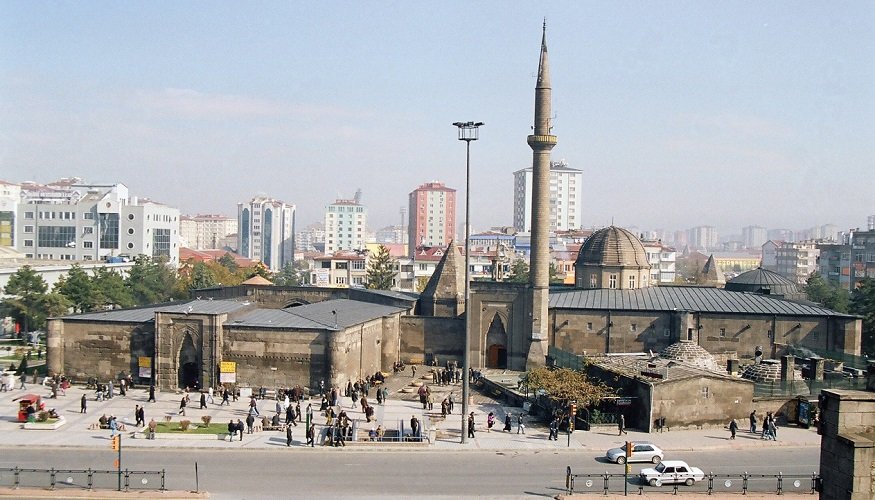
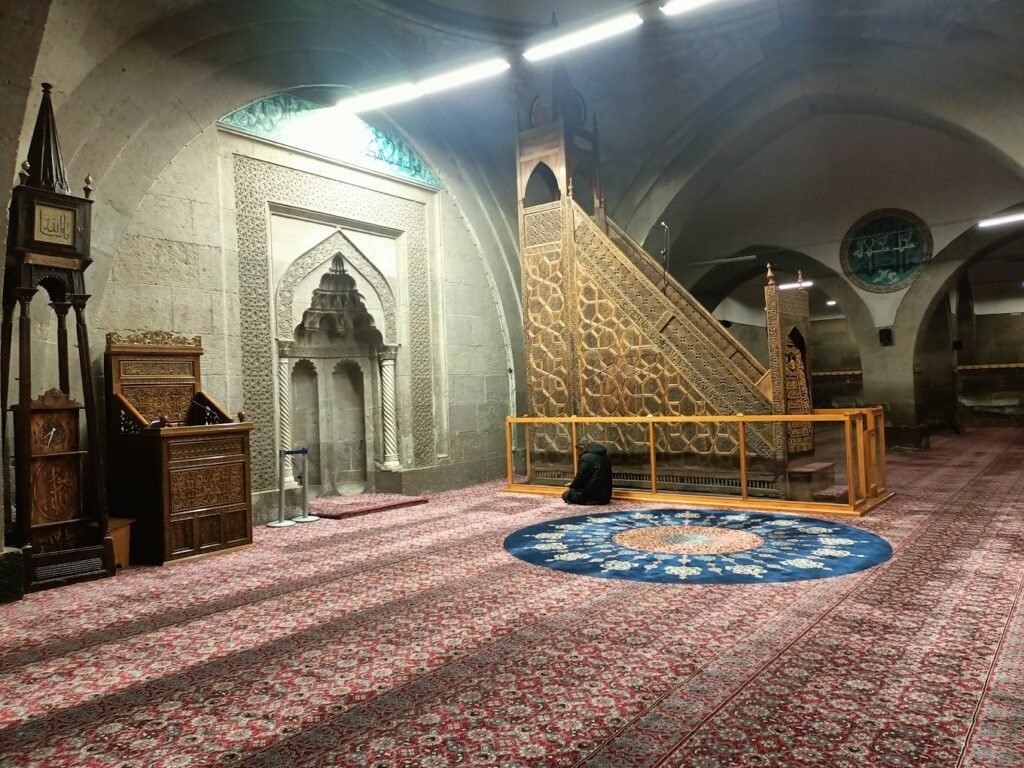
Hunat Hatun Hamamı

Hunat Hatun – This social complex, consisting of a mosque, madrasah, tomb and bathhouse, is one of the most beautiful and important examples of Seljuk works in Anatolia, both in its overall appearance and in its construction style. The recreation area is 2,203 square meters. The main entrance door on the western facade of the mosque is decorated with an arabesque masterpiece.
Archaeological Museum in Kayseri
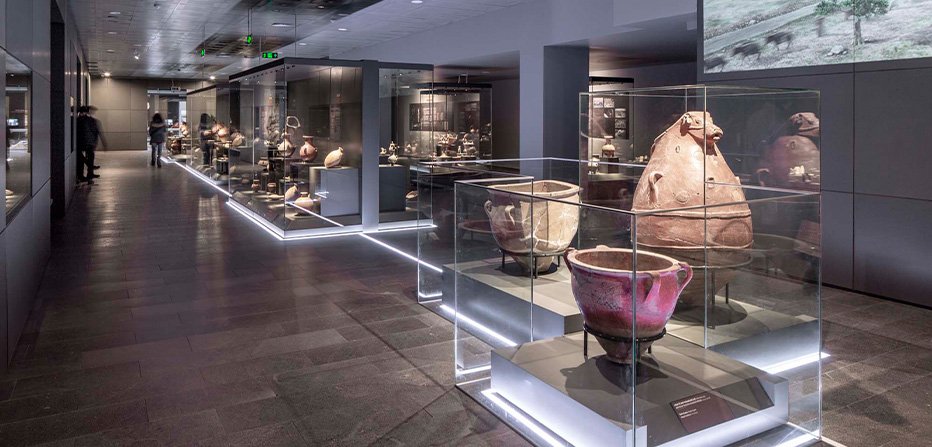

The Archaeological Museum of Kayseri is a treasure chest of ancient relics. From Roman mosaics to Hittite inscriptions, the museum offers a comprehensive look at the civilizations that have shaped this region.
Kayseri Castle

Symbol of Kayseri, Kayseri Castle is an ancient castle built in classical antiquity. Reference to the castle was first made during the rule of Gordian III, between the years 238 and 244 AD, when an image of the mighty castle appeared on a coin used by the Romans. This majestic castle expanded over the centuries and was used as a stronghold by many ruling powers, including the Romans, the Danishmends, the Karamanids and the Ottomans. Today, it houses an engaging arts and culture center.
Cumhuriyet Meydanı
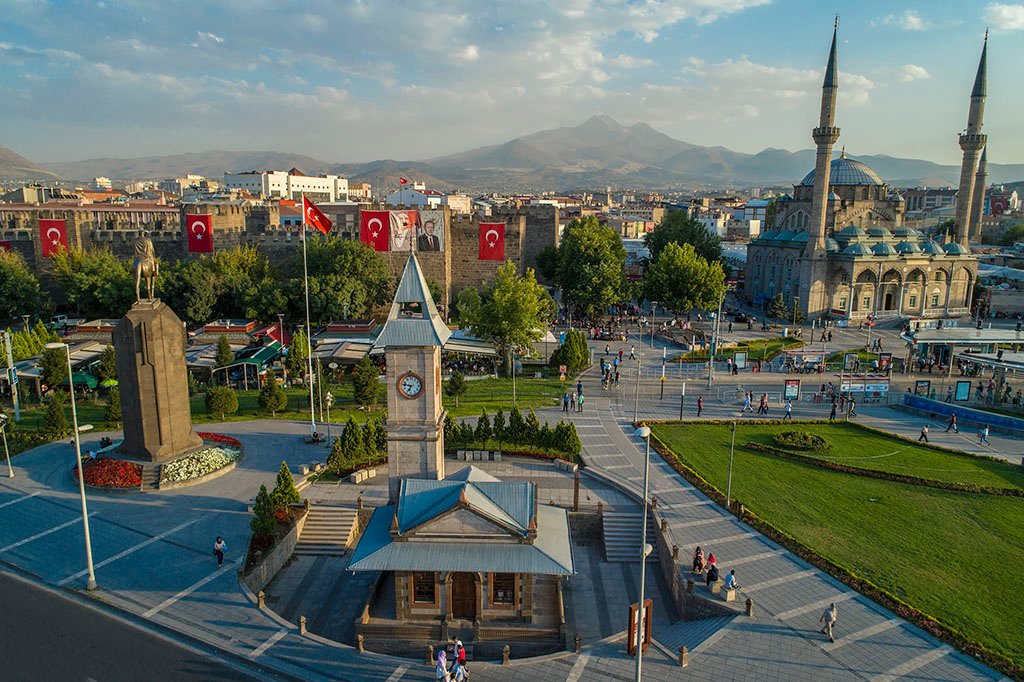
Cumhuriyet Meydanı: It is the largest square in Turkey, where rallies are held before every election. The largest crowd ever gathered in this square during a march condemning terrorism that took place on October 27, 2007.
Ataturk House Museum

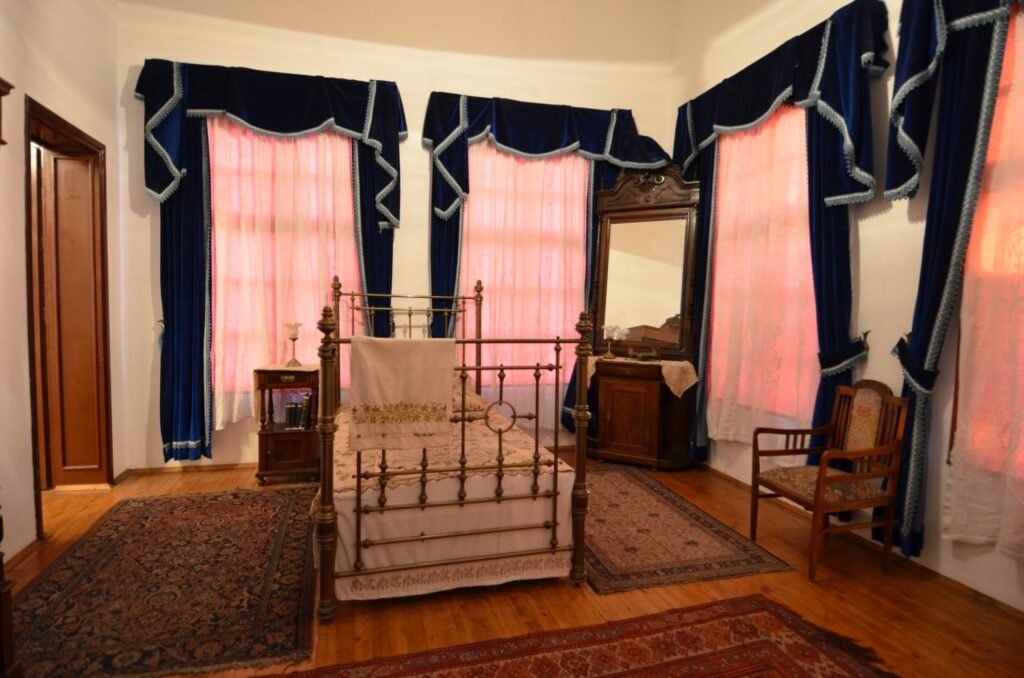
Kayseri – Atatürk Museum: This building, located in the center of Kayseri, got constructed in the 19th century by Rasit Aga as a house.
Atatürk had stayed in this house when he came to Kayseri on 20th December 1919 as the president of the Representative Committee. In the remembrance of this visit the building was restored and the upper floor is used for exhibiting the documents and photographs connected to his visit to Kayseri.
Derinkuyu Underground City
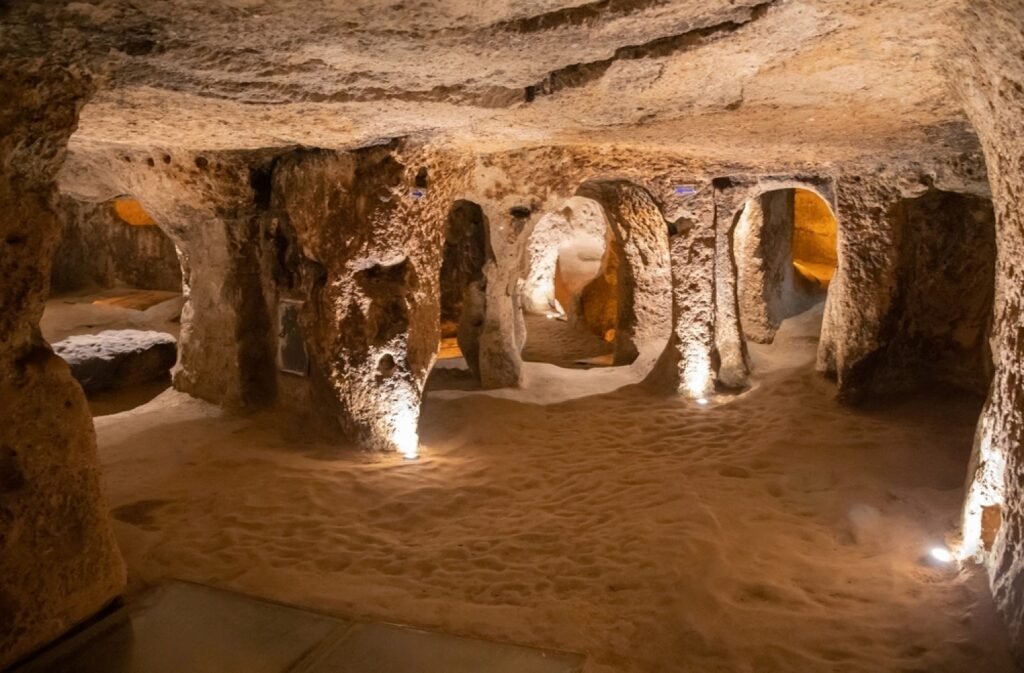
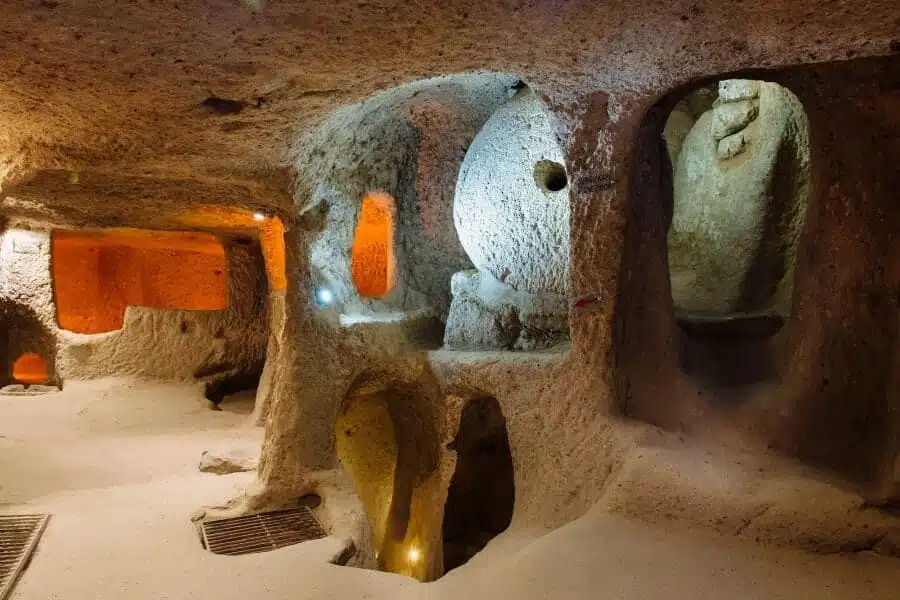
Embarking on a trip to Cappadocia offers a unique opportunity to explore the fascinating Derinkuyu Underground City,
It is the largest underground city in Cappadocia, immersed deep in the senses of the earth, with intricate levels that once accommodated up to 20,000 people. Originally excavated during the Phrygian era in the 8th–7th centuries BC, this underground haven was expanded over the centuries, serving as a refuge from invasions and natural disasters.
Each level of Derinkuyu is a testament to ancient engineering, with amenities ranging from living quarters and communal kitchens to wine cellars, churches and schools.The city is connected by miles of tunnels with massive stone doors that they built for protection.
Kayseri Bazaar
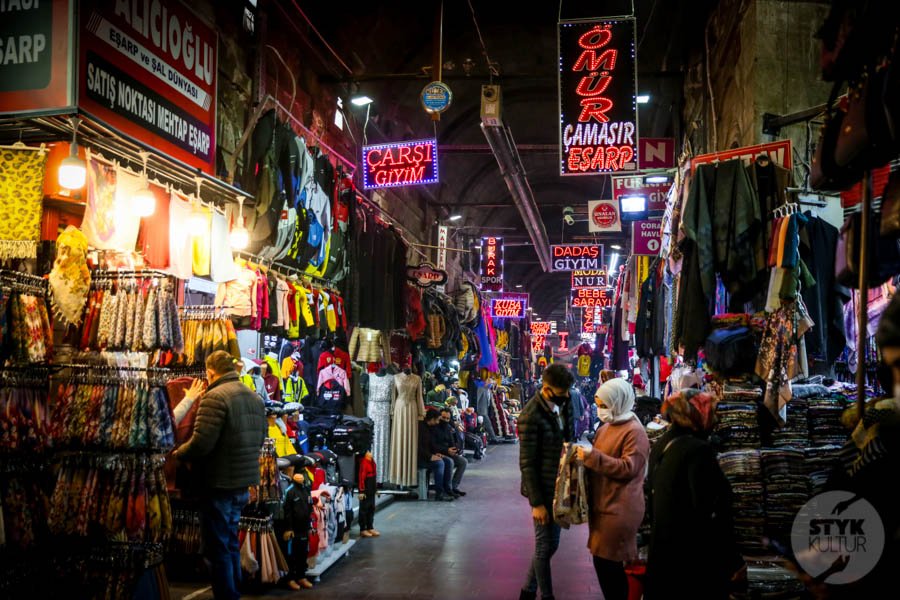
The Grand Bazaar of Kayseri is considered the second largest bazaar in the Ottoman Empire, after Istanbul. No visit to Kayseri is complete without seeing the bustling Kayseri Bazaar. It’s sensory overload in the best way possible, with the smells of spices, the colors of textiles and the sounds of markets filling the air. It’s the perfect place to find a unique souvenir or try local delicacies.
Mount Erciyes
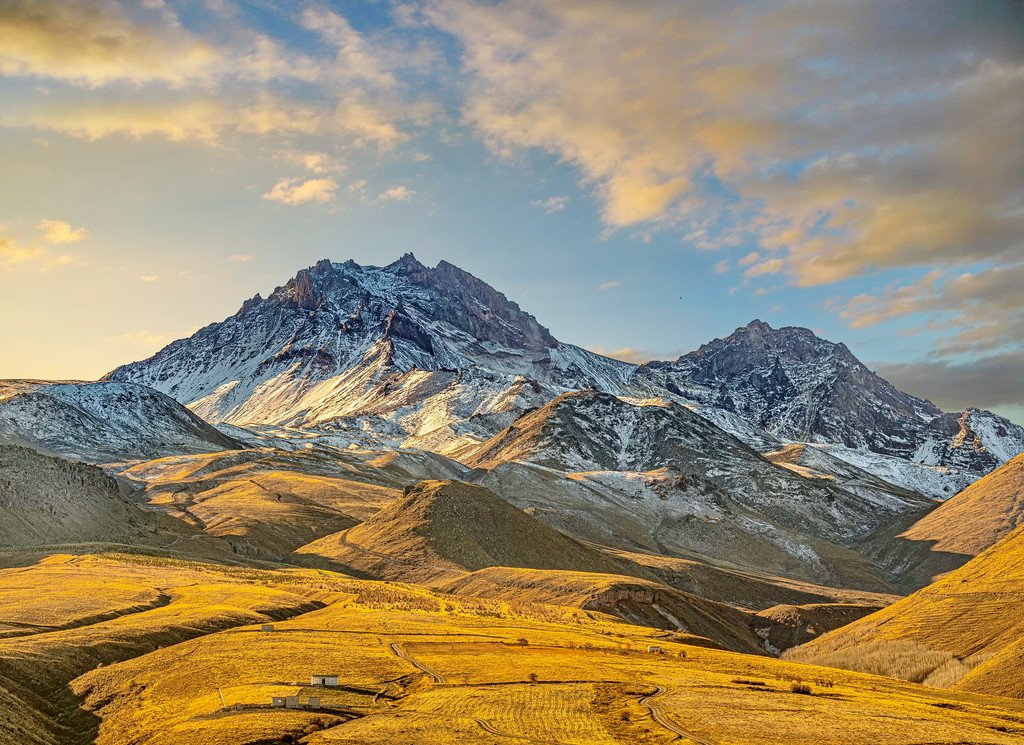

Erciyes Dağı – an extinct volcano in Turkey, located about 25 km south of the center of Kayseri; classified as a stratovolcano. It is the highest mountain in central Anatolia – its height is 3,917 m above sea level. The peak is a destination for hiking trips, and in winter it is a ski resort.
Mount Erciyes, also known as Argaeus, rises over Kayseri, home to Turkey’s largest ski resort. Mount Erciyes is the highest point in Anatolia.

Göreme
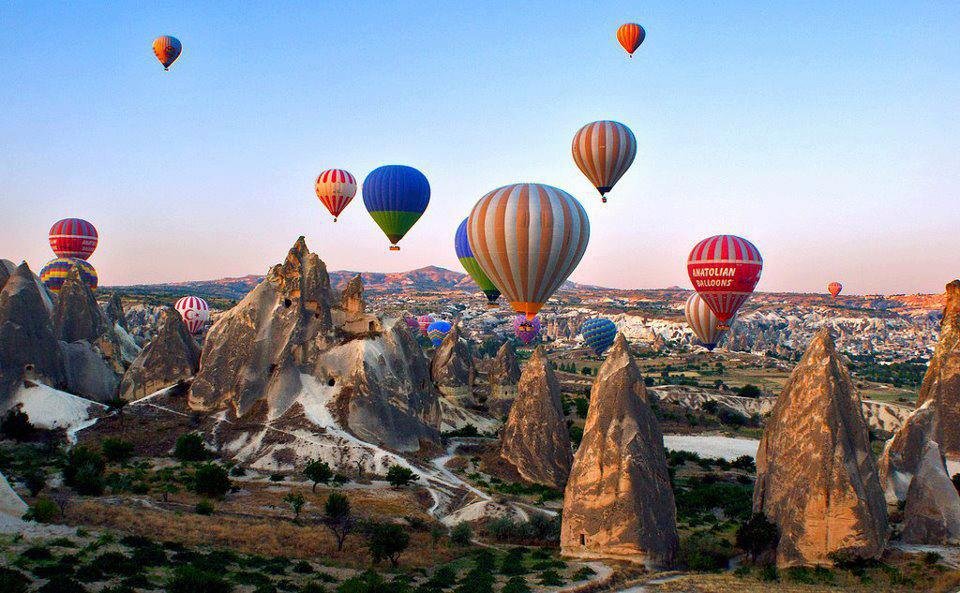
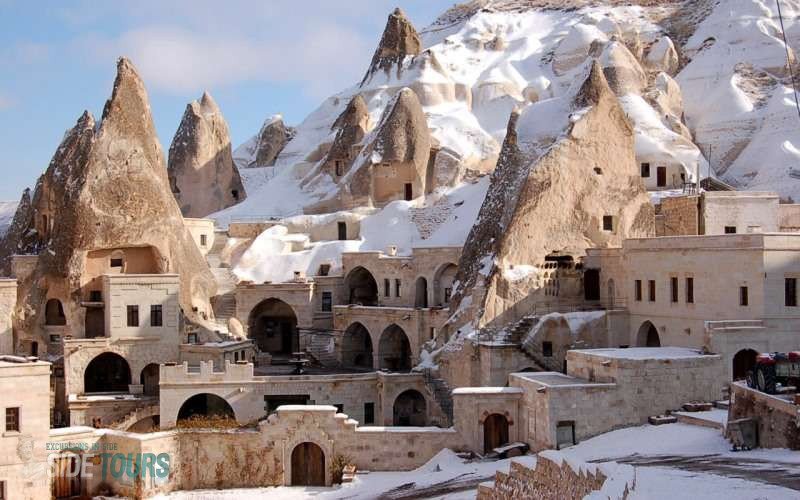
In the near future the town of Göreme in the Göreme National Park, in and around the Göreme Valley there are rock-cut sanctuaries that contain rare evidence of Byzantine art in the post-iconoclastic period. These are ex poste remains carved entirely by erosion. There were also residential houses, a troglodyte village and underground settlements, relics of an ancient human home from the 4th century.
